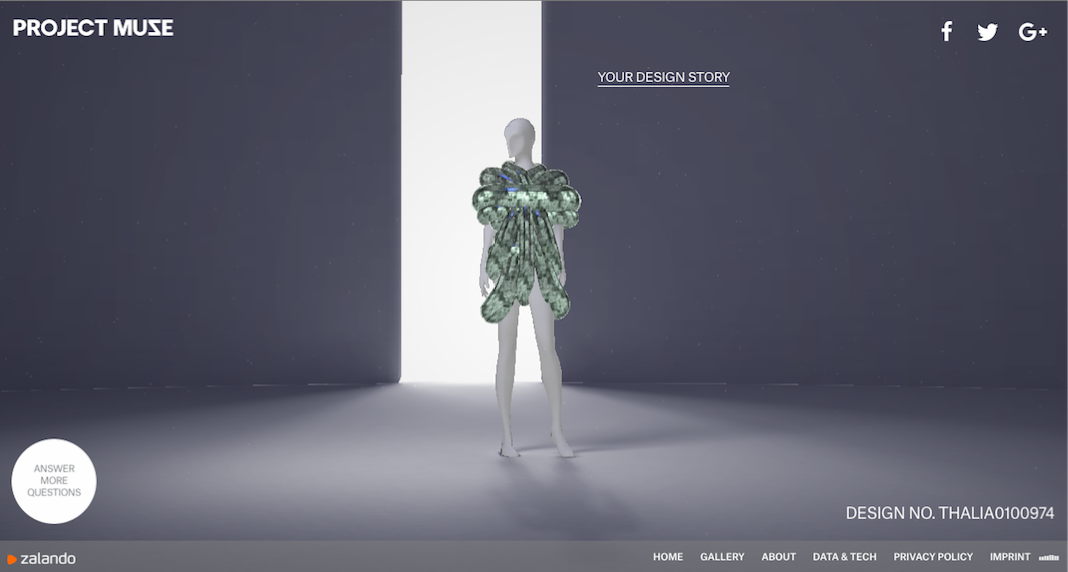5/5 (4) Van Lier is a Dutch men’s shoe brand founded in 1815. Currently Van Lier sells over 100 thousand pairs of shoes each year across The Netherlands, Belgium and Germany. On average the central warehouse in Breda stores 16 thousand pairs of shoes. Given these numbers imagine how many shoes move in and out Van Lier’s warehouse every day! Last month Van Lier implemented a barcode scanning system, which is a major improvement compared to manually counting the inventory stock like before. However, after having analysed the IT strategy, considered the internal and external factors, and interviewed the IT and Logistics department of Van Lier, we came to the conclusion that there is an even better solution than barcodes: a Radio Frequency Identification System, also called RFID.
Based on the identified key business needs; time saving efficiency, reducing error sensitivity and tracking of goods, this technology would be able to lead to significant improvements in Van Lier’s inventory management system. There is no need to implement a new business model as the RFID system would be implemented as a full replacement of the current barcode scanning system. At the moment a passive ultrahigh frequency RFID tag is most suitable for inventory management in the retail industry. The passive nature of the tag means that it does not push out signals; instead, it waits for a signal from an RFID reader. The benefits include: 1) the ability to scan large pallets at once compared to each individual items, 2) the ability to save large data capabilities such as shipping history on the chip and lastly 3) less human interaction is needed which reduces the error margin and labor cost. In order to implement the new system successfully investments have to be made in RFID tags, readers and a new warehouse management system, including new registers. At the moment this investment is estimated to cost Van Lier €265.000. These costs would be too high to bear for Van Lier however, the price of the RFID tags is expected to drop during the next decade (interview Van Lier, 2016). This would make the investment more overseeable and interesting for Van Lier. Considering these facts it might be best to implement RFID gradually over the coming years since Van Lier is not constrained or pressured to implement the system now.
To conclude, our case highlighted that Van Lier is prone to three key business needs: time saving efficiency, reducing error sensitivity and tracking of goods. An RFID system is the most optimal solution to implement since it assigns a unique tag to each product and allows for more information storage than EAN barcodes, in addition Van Lier would be able to scan whole pallets with products at once where unique tags decrease errors, making it impossible to scan products twice. The RFID system will be a valuable investment once the production costs of the chips have been reduced.
The chart below shows a detailed plan for the gradual implementation of a RFID system.

Bibliography
Adaptalift. (2012). RFID VS BARCODES: Advantages and disadvantages comparison.. Available:http://www.aalhysterforklifts.com.au/index.php/about/blog-post/rfid_vs_barcodes_advantages_and_disadvantages_comparison. Last accessed 9th October 2016.
CNFRD. (2016). definition of RFID. Available: http://www.centrenational-rfid.com/definition-of-rfid-article-71-gb-ruid-202.html. Last accessed 9th October 2016.
Corboy, M. (2007). Strategic planning models . Available: http://www.accaglobal.com/content/dam/acca/global/PDF-students/2012s/Strategic%20planning%20models.pdf. Last accessed 9th October 2016.
Hyster. 2012. RFID VS BARCODES: Advantages and disadvantages comparison. [ONLINE] Available at:http://www.aalhysterforklifts.com.au/index.php/about/blog-post/rfid_vs_barcodes_advantages_and_disadvantages_comparison. [Accessed 8 October 2016].
McFarland. 2009. Toolkit McFarlans Strategic Grid . [ONLINE] Available at: http://visual.placodermi.org/2009/01/14/toolkit-mcfarlans-strategic-grid/. [Accessed 8 October 2016].
IMPINJ INC. (2016). The different types of RFID. Available: http://www.impinj.com/resources/about-rfid/the-different-types-of-rfid-systems/. Last accessed 9th October 2016.
Koh, C.E. Kim, H.J. Kim, E.Y.. (2006). The Impact of RFID in Retail Industry: Issues and Critical Success Factors. Journal of Shopping Center Research. 13 (1), 101-117.
Kurt Salmon. 2015. Kurt Salmon RFID in Retail Study. [ONLINE] Available at:http://www.kurtsalmon.com/en-us/Retail/vertical-insight/1259/Kurt-Salmon-RFID-in-Retail-Study. [Accessed 1 October 2016].
Landry, C. (2016). How Retailers Are Effectively Using RFID Technology. Available: http://www.mytotalretail.com/article/how-retailers-are-effectively-using-rfid-technology/. Last accessed 4th October 2016.
Mojix.Inc. (2016). Benefit analysis. Available: http://www.mojix.com/wp-content/uploads/2016/04/Benefit_Analysis_Cover02_V4_19041 6.pdf. Last accessed 4th October 2016.
Rabobank. (2016). Schoenendetailhandel. Available: https://www.rabobankcijfersentrends.nl/index.cfm?action=branche&branche=Schoenendetailhandel. Last accessed 9th October 2016.
RFID Journal. 2016. Frequently Asked Questions about RFID. [ONLINE] Available at:http://www.rfidjournal.com/site/faqs#Anchor-46384. [Accessed 8 October 2016].
Smiley S. 2016. Active RFID vs Passive RFID. [ONLINE] Available at: http://blog.atlasrfidstore.com/active-rfid-vs-passive-rfid. [Accessed 9 October 2016].
Software Advice. 2015. Pricing Guide Warehouse Management System. [ONLINE] Available: http://www.softwareadvice.com/imglib/lightbox-download-assets/warehouse_management_pricing_guide_2015.pdf. [Accessed 7 October 2016].
Statista. (2016). Projected size of the global market for RFID tags from 2016 to 2020 (in billion U.S. dollars). Available: https://www.statista.com/statistics/299966/size-of-the-global-rfid-market/. Last accessed 9th October 2016.
Traub, K. (2016). The Right Way to Encode RFID Tags for Consumer Products. Available: http://www.rfidjournal.com/articles/view?13951. Last accessed 4th October 2016.
Venkatraman, Henderson, Oldach. (1993). Aligning business and IT strategy. Available: http://www.valuebasedmanagement.net/methods_venkatraman_strategic_alignment.html. Last accessed 9th October 2016.
Yüksel, M.E. Yüksel, A.S.. (2011). RFID Technology in Business Systems and Supply Chain Management. Journal of Economic and Social Studies. 1 (1), 53-71 (http://search.proquest.com/docview/1328488902?pq-origsite=gscholar) Last accessed 9th October 2016.



